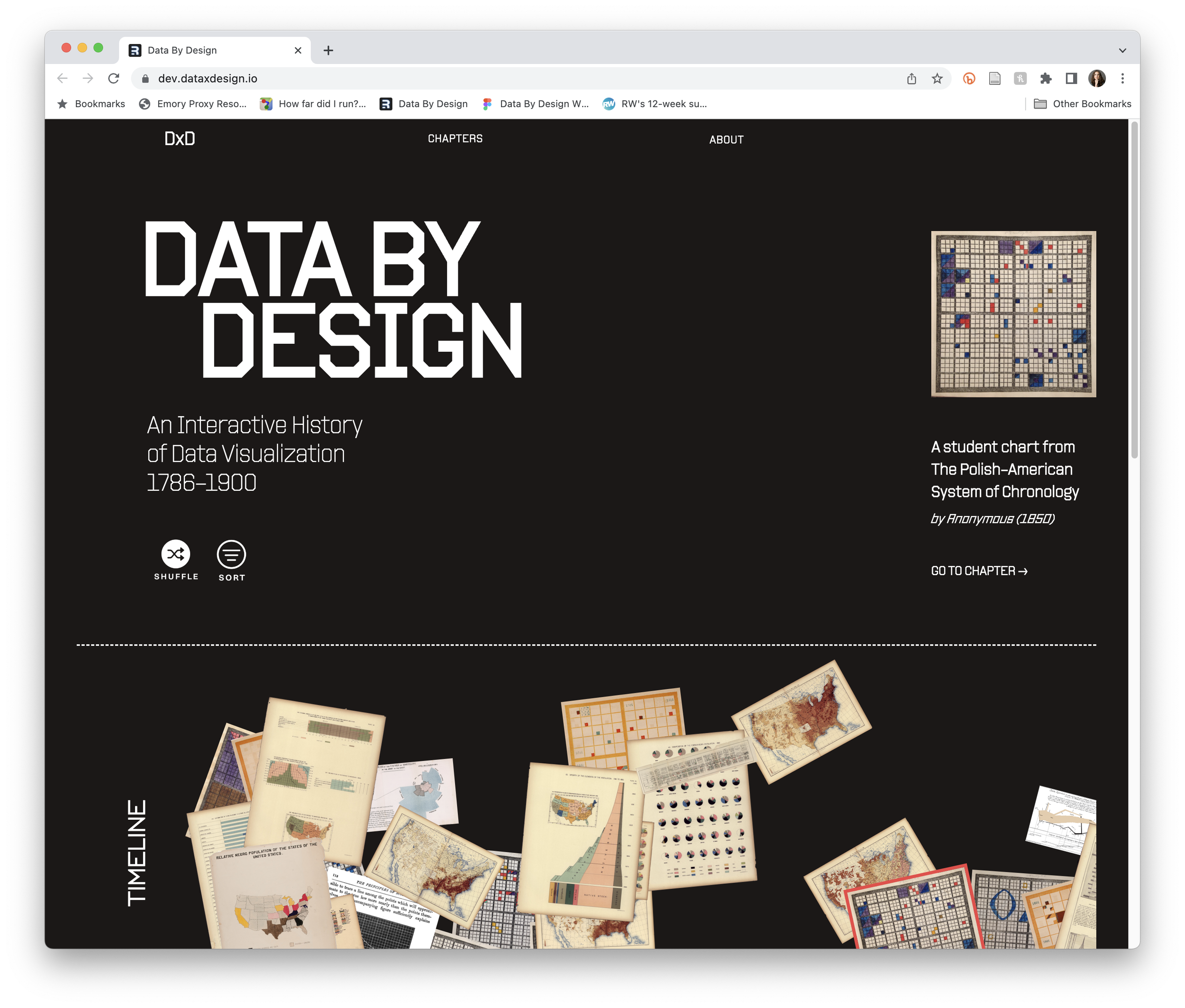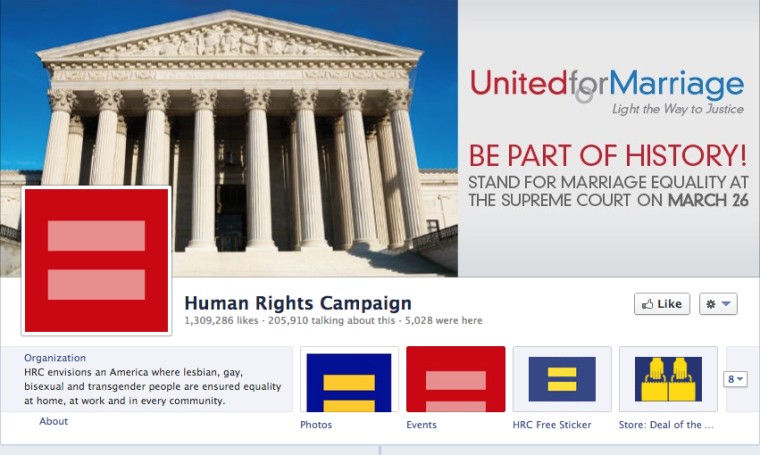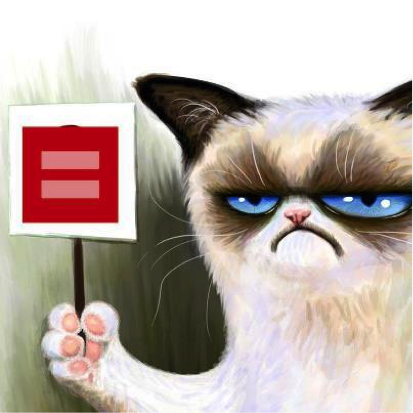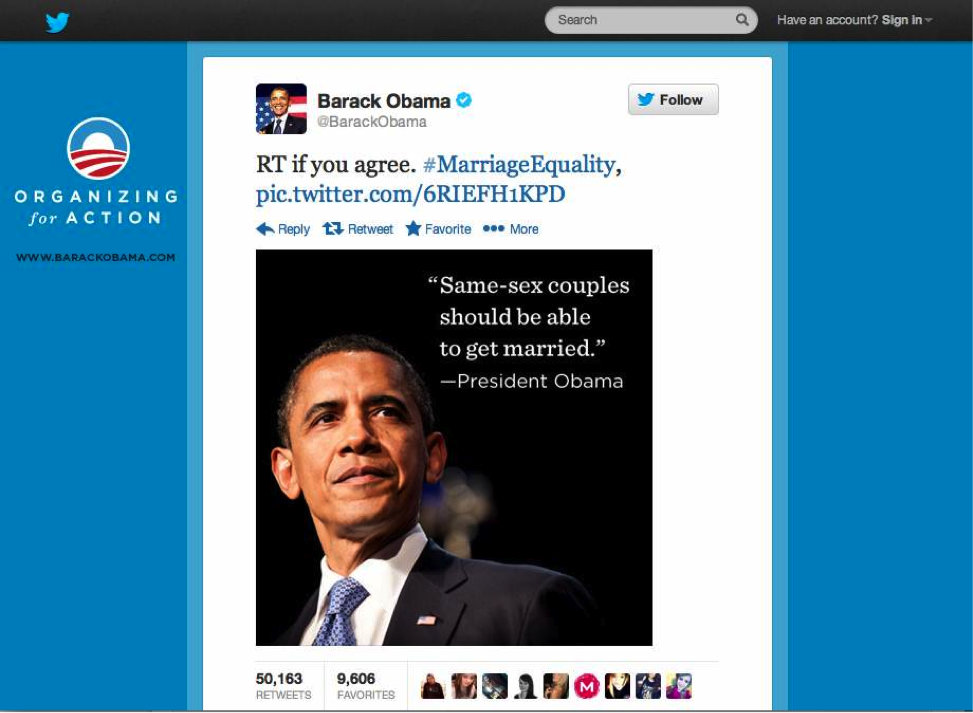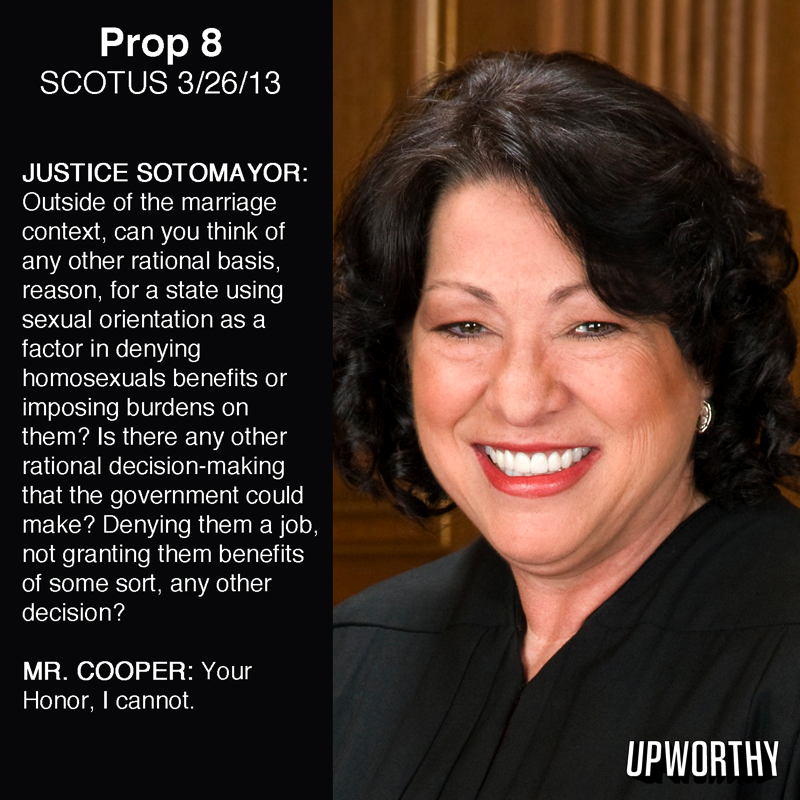This is the second in a series of blog posts produced by the students in my Public Intellectuals seminar at USC's Annenberg School of Communication and Journalism. We appreciate any feedback or response you'd like to share.
"To JK Rowling, From Cho Chang": Responding to Asian Stereotyping in Popular Culture
by Diana Lee
Awhile back, my friend and fellow graduate student sent me a simple email with the subject line, “Calling out the representation of Asian women in Harry Potter books,” and a short one-line message:
“Saw this and thought of you – the videos are really interesting!!”
I was immediately intrigued by her email because she is, as I mentioned, a respected friend and colleague, and I know she is thoughtful about her communication, but also because before clicking on the link, I wasn’t certain what she was referring to. Had she thought of me because of my love of the magical world of Harry Potter? My academic and personal interest in representations of Asians, Asian Americans, and gender in U.S. media and popular culture? Was it because of my deep appreciation of people who create counter-narratives that challenge stereotypes and forefront voices that are not frequently heard in “mainstream” dialogue? Or perhaps it was a show of support for my hopeful but yet-to-be-solidified desire to combine my enthusiasm for all of these things in academic life? The answer? Yes. Turns out she was pointing me towards something that exemplified all of these things, and much more.
In April 2013, the Youtube video of college student spoken word artist Rachel Rostad’s “To JK Rowling, from Cho Chang” went viral. In the video, she is shown performing a poem which challenges the representations of Asian women and other marginalized groups in the Harry Potter series and other popular stories (such as Ms. Saigon, Madame Butterfly, and Memoirs of a Geisha). Written and delivered in the style of many spoken word performances, Rachel uses a powerful, clear, strong voice, and the poem is filled with provocative examples artfully expressed to maximize emotional impact.
You can hear her frustration with the fact that Asians and Asian women in the U.S. are constantly misrepresented in shallow and/or stereotypical roles in books, movies, and television shows. You follow along as she exposes the subtle but sadly pervasive ways these caricatures are presented – with “Asian” accented English, with “foreign” names that may or may not make sense in actual “Asian” languages, as disposable minor characters used to set up the focus on the White, leading woman who is the “real” love interest, as sexually “exotic” Asian women who are submissive and/or hypersexualized, and only to be used and then discarded or left behind. And finally, at the end of the poem, through a story that comes across as her own, she draws a connection between why we should pay attention to these limited representations and speaks about an example of how they can influence our everyday interactions.
She makes the case that when we don’t see other representations of characters with depth and breadth that look and sound and think and love like real people, then the limited portrayals can impact not only the possibilities we can imagine for ourselves, but also what others see as possible for or with us. Rachel Rostad used this poem as a creative and powerful challenge to pervasive, potentially damaging, familiar portrayals, urging us to think critically about the stories, images, and identities we participate in consuming and perpetuating.
But that wasn’t all. She also did something else that we should highlight and celebrate.
The video of her spoken word performance went viral, generating a flurry of criticism and commentary. Instead of ignoring or dismissing these responses or getting pulled into destructively defensive or combative flame wars, she used the opportunity to reflect, learn, teach, and engage in a (public) conversation. She did this in a number of ways and across multiple platforms (e.g., YouTube, tumblr, blog posts, Facebook), but the most visible one is the follow-up video she created a few days after the first video was posted, which was called, “Response To Critiques of ‘To JK Rowling, from Cho Chang.’”
In the response video, Rachel speaks directly to the camera, beginning with “hey there, Internet!,” and point by point, articulately, sincerely, and calmly addresses the five main critiques that came pouring in to her through the various mediated forms she was involved with.
One point addressed the possibility that “Cho Chang” could be a legitimate name, despite what she articulated in her poem about “Cho” and “Chang” being two last names. Rachel admitted ignorance in Chinese and other naming practices, acknowledged that the line in the poem about Cho’s name was problematic, apologized for marginalizing and misrepresenting parts of a community she was trying to empower, and urged viewers to also focus on the other themes she draws on in the rest of the poem.
Following that, Rachel’s next series of comments emphasized that she does not speak for all Asian women, and is not claiming to through her work. She apologized again for unintended mischaracterizations, especially to those who reached out to her saying they felt misrepresented by her poem. Rachel then used these interactions to encourage reflection about and reemphasize the importance of a wider range of media and pop cultural portrayals for Asians and Asian women, which was one of the main points of her spoken word piece, saying, “I’m very sorry I misrepresented you. But I don’t think either of us is to blame for this. I would ask you, what conditions are in place that make it so that you are so defensive that I, someone with a completely different experience of oppression, am not representing your voice? It’s sad that we live in a society where my voice is so easily mistaken for yours - where our differing identities are viewed as interchangeable.”
Continuing on the theme of advocating for a wider range of media representations and prompting us to think critically about the representations we do see, Rachel’s third point was about the realistic portrayal of a grieving character versus in-depth character development of Asian and White female lead characters. Yes, Cho was sad about boyfriend Cedric Diggory’s death and confused about her developing feelings for Harry so she was crying, pensive, and sad most of the time, but JK Rowling intentionally set up Cho as weak to make Ginny, Harry’s eventual love interest and a White woman, look stronger. This may not have been intentionally racially charged, but it is important to think about because discrimination and prejudice are oftentimes not only about intentionality. This is a theme that recurs in mainstream films and stories – women of color appear as minor, brief, undeveloped characters to set up the “real” relationship for the main White characters later in the narrative, and the more we see it repeated with no alternative portrayals, the more it has the potential to seem “natural.”
Similarly, her fourth point is also about different ways that problematic representations take form, describing why she talked about Dumbledore’s sexuality, which some argued seemed tangential to the main themes of the poem. Thinking about representation and whose stories are privileged is not only about who is invisible from the story, or the limited roles people are allowed to play, but it is also about considering that even when in prominent positions within stories, aspects of character’s identities aren’t developed in a way that illustrates the depth and complexity of our lived realities.
Rachel’s fifth point in her response video is about how she does not hate Harry Potter or JK Rowling (or Ravenclaw, I’m assuming!), but rather is a fan who grew up on the books and went to all the midnight showings, and importantly, is also able to think critically about and critique a world that she also enjoys.
And finally, she closes the response video with this message:
That's it for now. I understand if you still disagree with me, but I hope you now disagree with me for the arguments I'm actually making, and it's been humbling and amazing to watch people respond to this video. I think that the presence of so much passionate dialogue means that this is an issue that needs to be talked about. And yes, I made mistakes, and just as I think JK Rowling did with some of her characterizations. But what I hope people realize is that dialogue about social justice is not about blaming people for making mistakes, whether it's me or JK Rowling. It's about calling attention to mistakes, which I'll be the first to admit, is painful, and using those mistakes as an opportunity to grow.
I personally have learned so much from the mistakes I've made in this process, and I want to thank the community for calling me out on that. Social justice is about holding each other accountable. And I hope as a devoted fan base and as an amazing community we can continue to use my piece as a jumping off point for further dialogue, growth, and reflection.
Thank you.
We should celebrate this as an exemplary instance of reflexivity, of praxis – of the liberating power of reflection, awareness, and action. Of an intelligent, passionate young person invested in learning from and contributing to her community. Of the engaging, participatory possibilities available through working with popular culture and using technology, media, and newer forms of mediated communication as tools for transformative education. This is also a great opportunity for educators and families to unpack the pedagogical implications of what happens when you find something young people are excited about and engage in this kind of expression and communication with a larger community. And this is also an example of what media scholar Henry Jenkins calls participatory culture, specifically, in relation to new media literacies and civic engagement.
These words – reflexivity, praxis, pedagogy, new media, media literacy, civic engagement – get thrown around in academic institutions and circles all the time. And we should continue to teach them and explore their philosophies and apply their meanings, but we cannot forget the importance of grounding them in concrete examples, not just for academics or practitioners, but also for people who may not use these same terms, but still find the practices empowering. Rachel Rostad’s two videos, along with her other critical engagement with this discourse, is a great, accessible example of what we hope that people of all ages are doing when they are participating in mediated communication, engaging with popular culture, and otherwise interacting out in the world. We hope that people are actively engaged with their media and popular cultural stories and artifacts, and with each other. We hope that people are thinking about ideas, sharing them, playing with and acting on them, challenging each other and working out responses, incorporating new information, helping each other to learn and grow, and then repeating that process again and again.
By following Rachel’s videos and active online engagement with a larger community, we can literally see and hear this messy, discursive, interactive transformative learning and teaching process unfolding. One of the key messages Rachel communicates is that she has learned a lot through the process of writing this poem, performing it, posting it online, receiving and engaging with all of the responses to it, and creating the follow-up video. She used these interactions in several ways. She apologized for areas where she made mistakes, where she misrepresented or silenced populations she was trying to empower. She clarified her perspective or points that either were not clear through the delivery of the poem, or could not be expanded on given the format of spoken word poetry. She used the experience as a way to take in and address critiques about areas she could have presented differently. And finally, she also spoke about the complexity of representation and tokenization both within the poem itself, which spoke about popular cultural representation via Cho Chang, but also in terms of her speaking about these topics from her positionality as a woman of color, who is considered “Asian” in the United States. She shared with us her processing and grappling with these issues, thanked all those that responded or commented, and kept the door open for future dialogue over these issues. She did all this, and publicly. What a courageous thing to do.
In one instance, for example, a blogger at Angry Asian Girls United (AAGU) posted a response to the original poem, calling Rachel out for her glaring misrepresentation of South Asians and for ignoring Pan-Asian solidarity and identity. The blogger also critiqued her for taking up the term “Brown” as an East Asian, and for conflating the varying meanings of the “Asian” label when you consider U.S. versus U.K. contexts (where Harry Potter’s world is set; because then “Asian” would refer to Indians or other South Asians, e.g., Sri Lankans, Bangladeshis, Pakistanis, and people who look like Cho Chang would be referred to as “Chinese,” “Korean,” or another label associated with the East Asian country they hailed from). In the poem, Rachel speaks of “Asians” as if it equates to East Asian, and does not count Indian characters Padma and Parvati Patil when she speaks of “Asians,” a common issue when people have not fully unpacked the deeply ingrained, volatile, problematic U.S. (and global) race categorizations. In the poem, Rachel does include the Patil twins, as well as herself, as “Brown” and “minority.” I believe she used the term “Brown” as an attempt to empower and connect with discourses of identity politics that are possibly specific to U.S. cultural context, but whether (East, South, Central, Middle Eastern) Asians are included in that term, or whether she should or can use it can be saved for a separate conversation. The point is, the AAGU blog post called her out on her conflation, misrepresentation, and the silencing nature of Rachel’s use of these terms, and she heard them, learned from and engaged with the criticism.
This one relatively small but important part of this larger example shows how many people were actively engaged, challenging both their own and each other’s thinking processes through this topic, and in a public way, which allowed others (like me and you) to witness and/or participate in the discussion, even months later. Additionally, Rachel and the people commenting on her videos were engaged through the combination and use of multiple, networked avenues. In the example above, the video was first posted on YouTube, which acquired comments. Rachel was looking for a way to succinctly learn about and respond to the YouTube comments about the misrepresentation of South Asians, which she found through the Angry Asian Girls United blog post. Rachel then linked to this blog post and responded to it on her tumblr site, and also apologized for misrepresenting Asian women in her response video, which was posted on YouTube. And to begin with, both Rachel and the AAGU blog poster were familiar with Harry Potter, whether through the books or movies (or some other form, e.g., video games, news, conversations), and the conversation and rapid spread of the discussion were supported because of an already existing Harry Potter fan base. Through their dialogue, both Rachel and the AAGU blogger were pushing ideas of the fluid markers and conceptions of identity and how it impacts and is impacted by visibility, representation, and socio-historic context.
When thinking about social justice or civic engagement, we often look for big things – movements, large groups mobilizing many people – but sometimes we should shift our perspective a bit and focus in on the incredible things small groups of individuals are doing. They can also have a big impact. Word of mouth is a powerful thing.
In the end, it all comes full circle. Rachel shared her performance and reflection with communities in person and on the internet, my friend shared the videos with me, and now I’m sharing my thoughts with you. I will join both Rachel Rostad and my friend and echo their sentiments. Hi. I saw this, and thought of you. The videos are really interesting! I hope we can continue to use these conversations as a jumping off point for further dialogue, growth, and reflection. Thank you!
For more information on Rachel Rostad, visit her tumlbr or facebook pages. Rachel is currently a student at Macalester College in St. Paul, Minnesota. In keeping with voicing diverse stories about Asian Americans, she also has a great poem, “Adoption,” which is about identity, belonging, and family, from the perspective of a Korean adoptee growing up with a non-Korean family in the U.S., and one of her latest poems is about her Names.
Diana Lee is a Ph.D. student at USC Annenberg School for Communication and Journalism. Her work explores representations of race, ethnicity, gender, nationality, and other aspects of identity in U.S. media and popular culture. Specifically, she focuses on media portrayals of Asians and Asian Americans, implications of stereotypical and limited representation, and the educational and empowering nature of counter-narratives. Of particular interest are counter-narratives created through networked, mediated expressions, as well as participatory experiences and communities.


